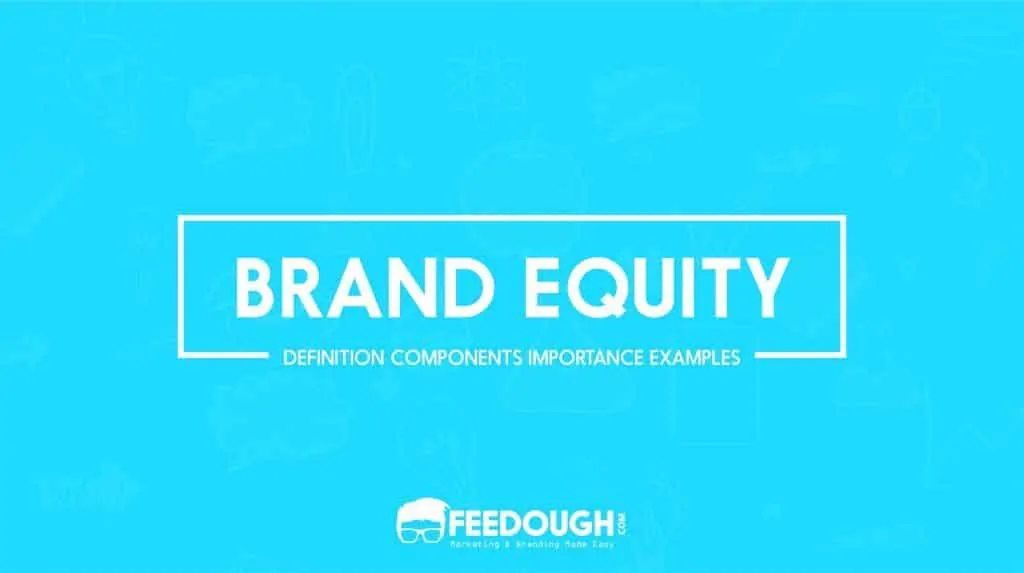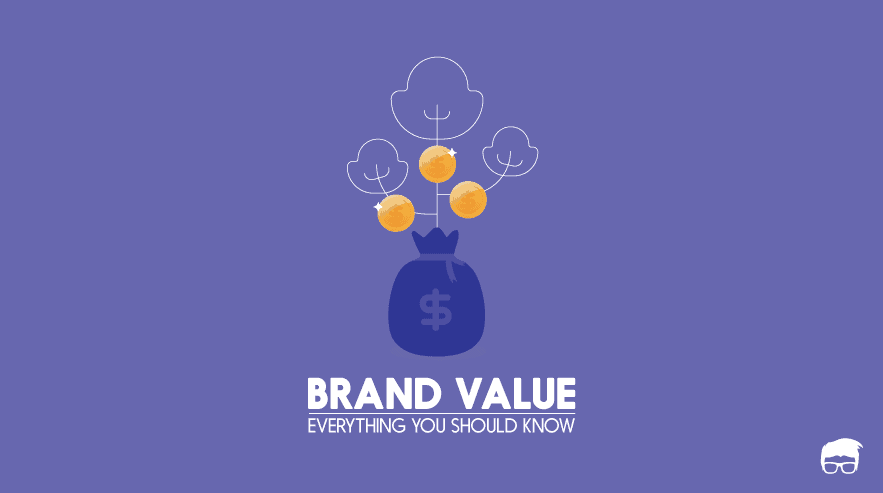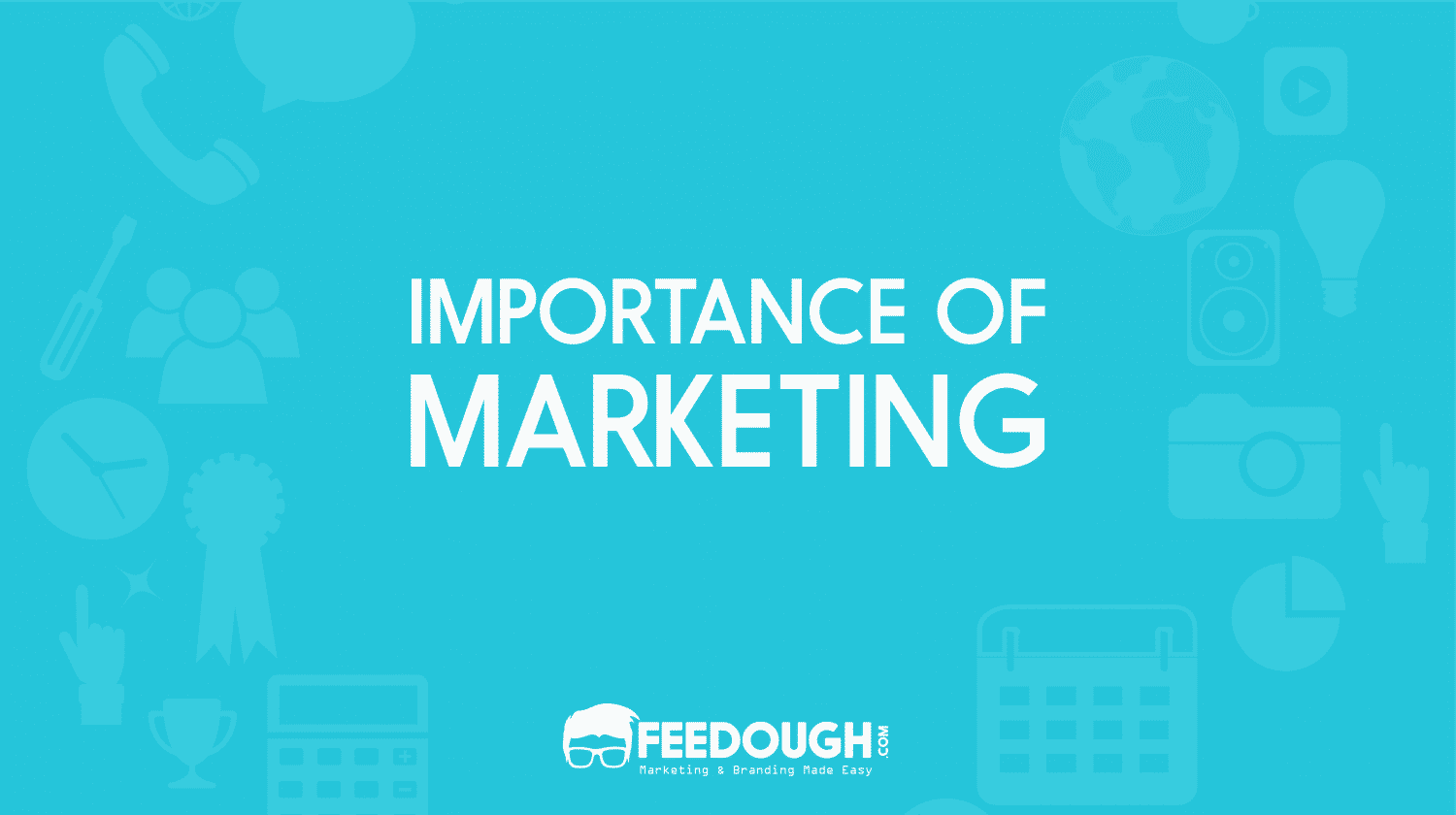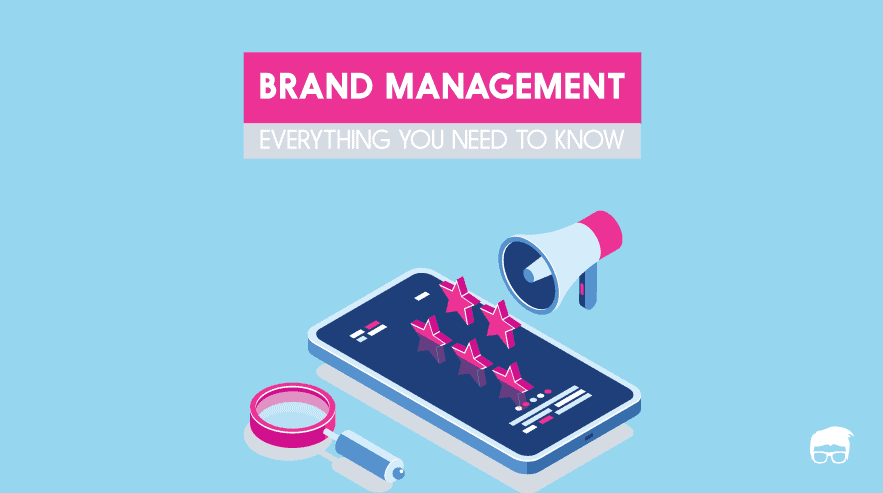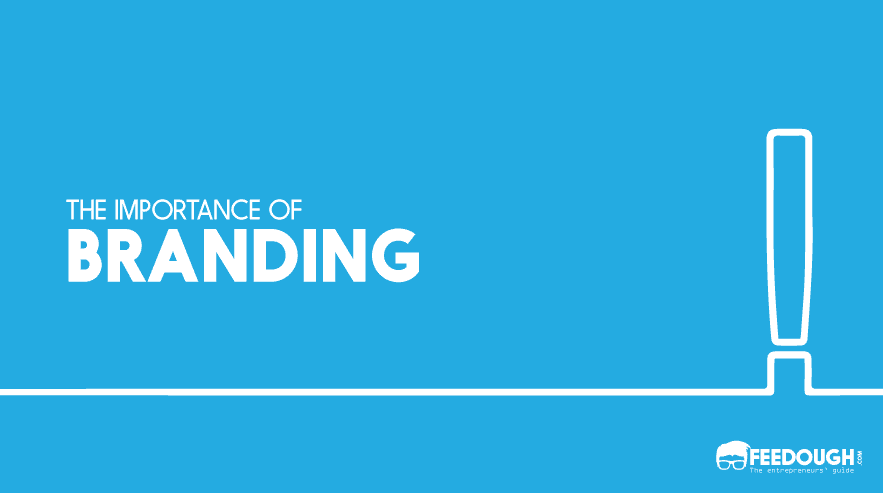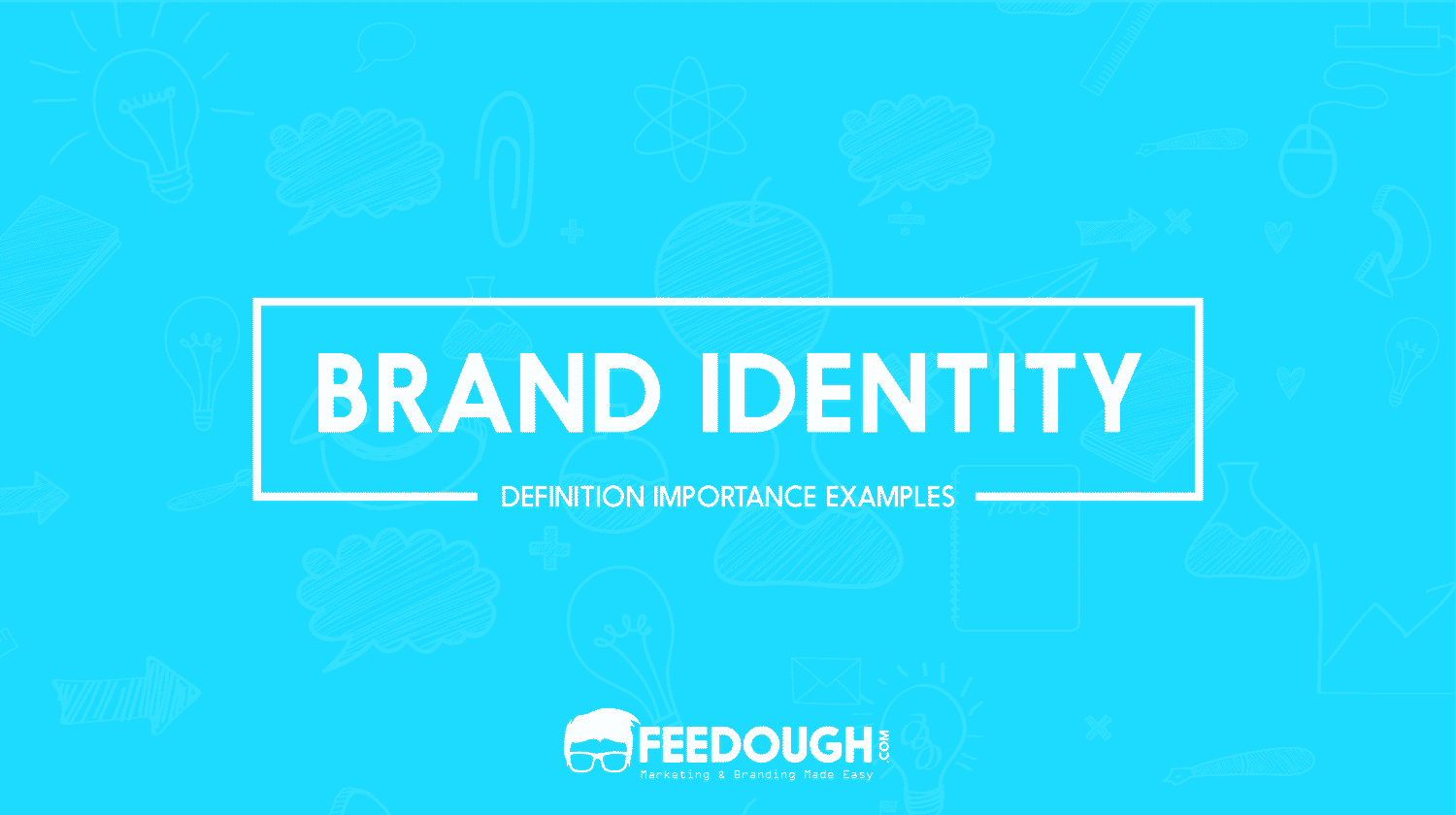The increase in the competition has eventually changed the buying habits and purchasing decision making process of the consumers and have put more weight on the brand than on any other product feature. This has not only made the brand as one of the most important assets of the company but has also made marketers include strategies to build a strong positive brand equity.
What is Brand Equity?
Brand equity refers to the total value of the brand as a separate asset. It is the aggregate of assets and liabilities attached to the brand name and symbol which results in the relationship customers have with the brand.
Brand equity is often reflected in the way customers see, feel, and act towards the brand. The effect of this intangible asset is also visible in the financial books as the market share, prices, demand, and profitability.
Components of Brand Equity
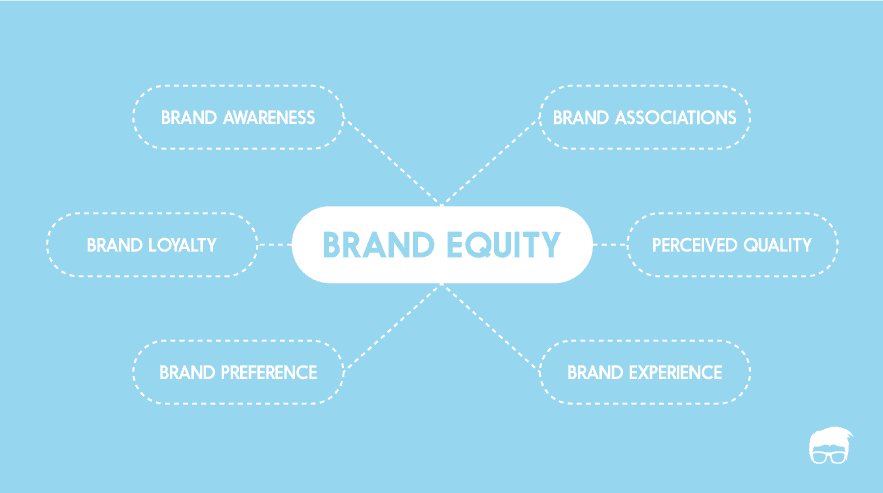
Brand equity usually is dependent on brand awareness, loyalty, perceived quality, strong brand associations and other assets such as patents, trademarks, and channel relationships. It involves fulfilling the promise the business has made to the customers and maintaining the relationship well.
Brand Awareness
The first step of the equity building process is building the awareness of the brand. Brand awareness means that the customers are aware of the brand and can associate it with the specific product/category. Awareness triggers the rest of the components of the brand equity building process.
Brand Associations
Just like with other people, we tend to associate things with brands too. Brand association is anything which the customers think of or relate to the brand. Interactions with the brand give rise to the associations. These could be employees, colour, advertisements, voice, language, experience, etc. For example, we tend to associate the colour red with McDonalds and happiness with coca-cola.
Advertisements, online & offline presence, and pre-sale, sale, and post-sale interactions give rise to brand associations. Good brand associations are crucial to any business as it not only leads to repetitive sales, but it also helps the business through word of mouth marketing.
Perceived Quality
One of the major prerequisites of building strong brand equity is the fulfilment of the brand promise. Customers assess the brand by comparing its offering to the offerings of the competitors on the basis of certain qualitative and quantitative parameters. The product quality being a qualitative measure is a relative subject and depends totally on the customer’s perception. Nevertheless, it influences the pricing decision and positioning strategy of the brand which eventually affects its equity.
Brand Experience
Brand experience is the aggregate of experiences of the customer with the product offered and the brand overall. It includes pre-sale, sale, and post-sale experiences with the brand along with the experiences with the product offered. Customers with good brand experiences will certainly consider the brand superior over others and will prefer it over other brands.
Brand Preference
Brand preference is one of the major indicators of strong brand equity in the market. A preferred brand can charge more for the same product. However, giving rise to brand preference isn’t as easy as it seems. The company needs to make sure that the customers have good associations and experiences with their brand.
Brand Loyalty
A brand loyal person repeatedly chooses one brand over others offering the same product. Loyal customers not only result in repetitive sales, but they also are the best source for word of mouth marketing.
Importance of Brand Equity
Equity is important for the brand not only to increase its market share but also to increase its valuation in the market.
Asset
Brand equity is one of the most important intangible assets of the company and just like other assets, this too can be sold, licensed or leased to others.
Price Premium
A brand having positive brand equity can charge more for its product than the actual market price.
Positive brand equity often results in more loyal customers who prefer one specific brand over others and in-turn increases its share in the market.
Easy Product Line Extensions
It becomes easier to launch new product lines under the brand which has positive brand equity. For example, Apple, which started off with macs, was able to easily launch and lend its brand equity to iPhones.
Examples of Brand Equity
Brand equity is the value added to the same product by offering it under a specific brand. It is what makes one product preferable over other when the two have exactly the same features and utility. Precisely, brand equity is what makes a specific brand superior or inferior to others. Here are some examples of brand equity:
Apple
Apple is one of the best examples to explain brand equity. Even though the product offered by this brand have similar features to products of other brands, the demand, loyalty and the price premium to higher than any other mobile brand. The brand is counted among the top three most valuable brands since the past 7 years.
Maggi
Even after months of the ban on its flagship noodles in India, the product saw a great demand when it was relaunched in the market. Maggi is one of the best examples to show how a strong brand equity can help a company cope up with anything in the market.
Other social networking websites may come and go but Facebook remains the only constant. Facebook has made its users so brand loyal that most of them don’t even look up to any other social media platforms.
Positive and Negative Brand Equity
A brand can have either positive or negative brand equity. While positive brand equity helps the company to maintain superiority over its competitors and expand its product lines, a negative brand equity as in the case of Volkswagen, which was held guilty for emission scandal, could even hurt the current product lines under the brand and have a long-lasting negative effect on the brand positioning.
Go On, Tell Us What You Think!
Did we miss something? Come on! Tell us what you think of our article in the comments section.
A startup consultant, digital marketer, traveller, and philomath. Aashish has worked with over 20 startups and successfully helped them ideate, raise money, and succeed. When not working, he can be found hiking, camping, and stargazing.
